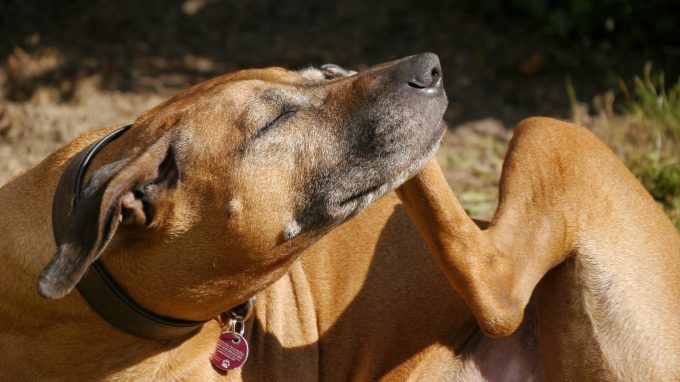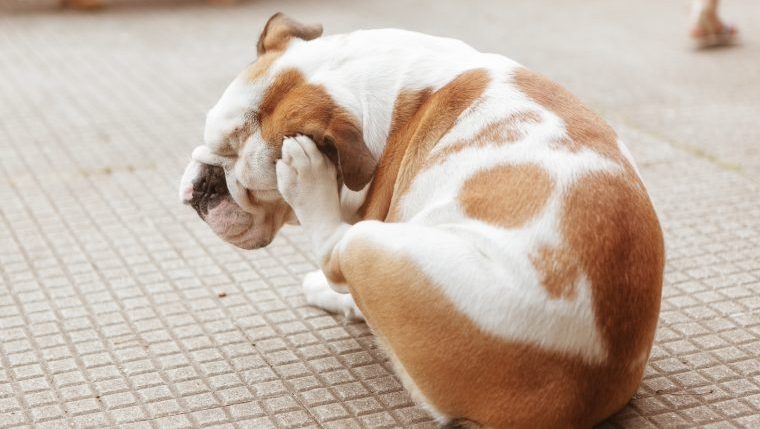
Dandruff is an unfortunate but common ailment in pets just as it is in people. Pet owners may worry about their dog’s health and comfort if they have dandruff. Dandruff can cause uncomfortable itching and irritation. So what are the causes of dog dandruff, and how can it be prevented?
Symptoms of dog dandruff
Dog dandruff presents as flakey skin; often, you will notice small pieces of skin in your dog’s hair as you pet them. This flakey, itchy skin will commonly cause dogs to scratch at themselves in an attempt to soothe the irritation. You may notice redness and inflammation accompanying spots of dry skin. PetMD notes that there are two common types of dandruff in dogs. The first is Seborrhea sicca (dry seborrhea), dry dandruff that appears as white flakes with crusty skin. The second is Seborrhea oleosa (oily seborrhea), where your dog’s skin may have an oily feel and give off an odor.
You may not initially see dandruff in dogs with thick or long coats. If you notice your dog itching and scratching, take a closer look at their fur to see if you can spot flecks of skin or anything else indicative of a problem.
Causes of dandruff in dogs
There are several leading causes of dandruff in dogs. Most of these issues are quick fixes that can relieve your dog of the condition.
- Dry skin: Overbathing can remove natural oils from the coat. Check out our guide to bathing your dog to ensure you aren’t erring on the excessive side.
- Lack of moisture in the air: Try adding a humidifier to the home.
- Poor nutrition: Cheap or low-quality diets, or overfeeding of treats, can cause itchiness.
- Allergic reactions: If you’re worried that dog dandruff is a result of an allergy, a veterinarian can perform allergy testing so you can avoid potential triggers in the future.
- Infections: Dandruff can result after a bacterial or fungal infection.
- Parasites: Mites on dogs can sometimes be mistaken for dandruff due to their small, white appearance. But fleas and mites can also cause dandruff due to the skin irritation that accompanies them.
Treatment and prevention of dandruff in dogs
Similarly to treatments for human dandruff, there are several over-the-counter shampoos designed to soothe and get rid of dog dandruff. Some of these shampoos are medicated, while some are just designed to soothe dry skin. An oatmeal bath or oatmeal-based shampoo can also provide soothing effects for dry skin. Some veterinarians also recommend topical Vitamin E treatments for dog dandruff. In cases where dandruff is sparked by food allergies, the issue may be easy to resolve with a change of diet. Regular grooming (without overbathing) can also prevent dandruff.
Like any ailment in your pet, it’s best to reach out to your vet for a check-up if you spot excessive dandruff on your dog. They can help determine the best course of action for treatment and let you know if there are any underlying issues sparking your dog’s dandruff.
Now that you know how to handle dog dandruff, learn about other canine skin conditions such as Eczema and Contact Dermatitis.









